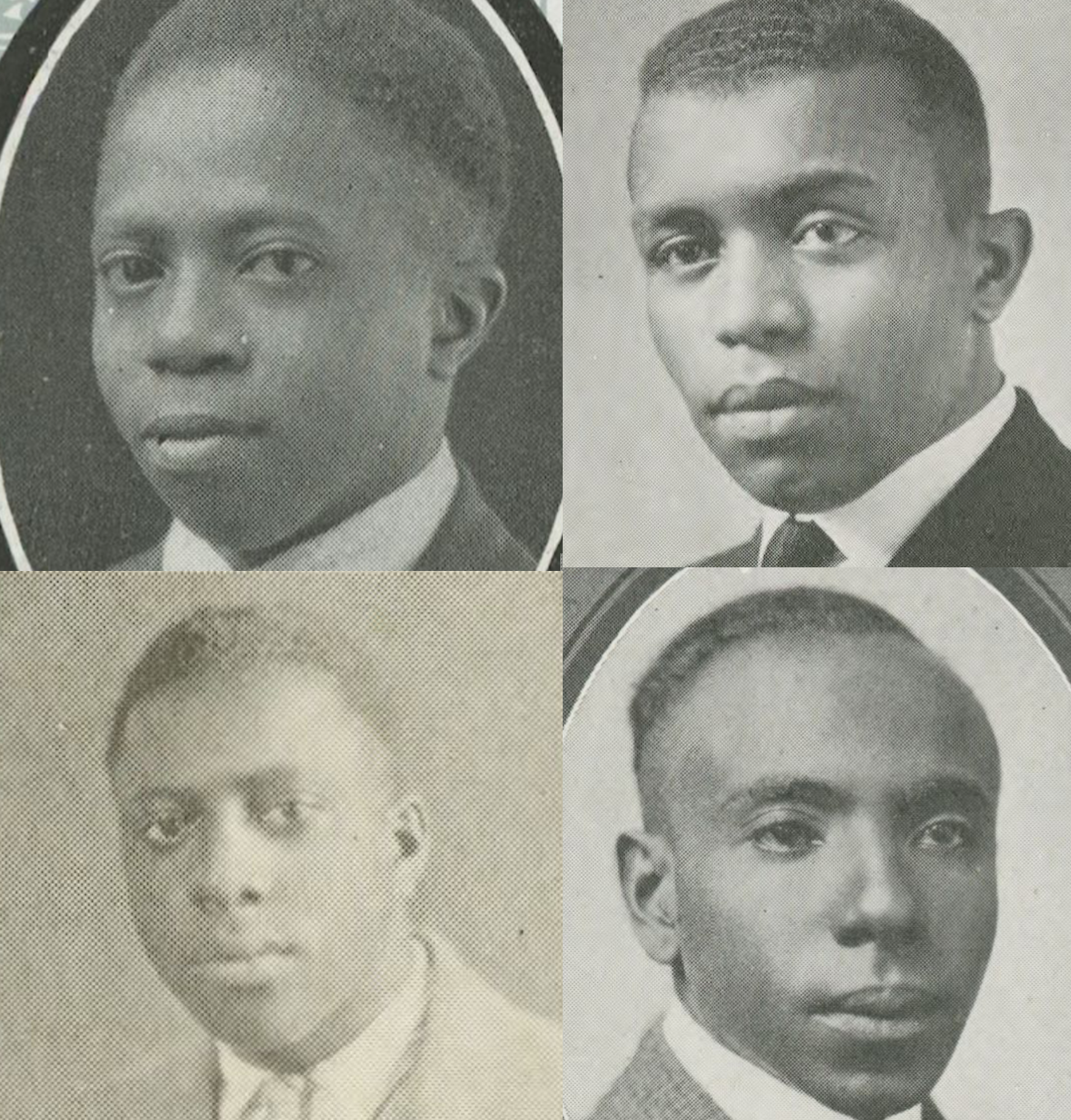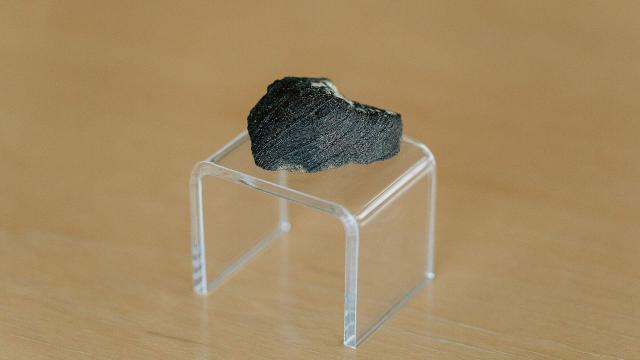There’s a never-ending quest on Earth to find signs of life on Mars. The planet has been a source of hope that humans can one day inhabit the environment safely. So when the Mars meteorite, Lafayette, came shooting down to Earth almost 100 years ago, there was hope it could reveal something about the red planet. Instead, new research has been able to potentially solve a very different mystery.
Rarely do we talk about the people behind space discoveries, until now. Thanks to science sleuths, the identity of a Black student who discovered the meteorite may soon be revealed.
For context, the Martian meteorite, named Lafayette, is a space rock that was blasted from the surface of Mars millions of years before it was pulled into the Earth’s atmosphere. In 1931, the unusual stone was stored in the geological collection of Purdue Univesity in the U.S. It was then identified to be a pristine example of a meteorite.
The thing is, however, just how and when Layfayette the Mars meteorite ended up in the collection at Purdue University has been uncertain for over 90 years.
A popular, yet unconfirmed, origin story reported in 1935 by American meteorite collector Harvey Nininger says that a Black student at Purdue University witnessed Lafayette land in a pond where he happened to be fishing at the time. Once it landed, he recovered it from the mud and donated it to the university.
Using cutting-edge analysis techniques and archival research, a team of researchers from the UK, the U.S, Italy and Australia led by Doctor Àine O’Brien set out trying to solve the mystery. The team wanted to collect enough evidence that would point to the story being true, that it happened in either 1919 or 1927 and that one of just four Black men could be the student who found the meteorite.
O’Brien, a planetary scientist at the University of Glasgow in Scotland, crushed a tiny sample of Lafayette in 2019, using mass spectrometry to analyse the meteorite’s composition.

Originally, O’Brien was hoping to find details about the presence of organic molecules preserved in the Mars rock which would in turn help us learn more about the possibility of life on the planet.
Instead, what she found was an unusually earthbound metabolite called deoxynivalenol (DON). Being found predominately in grain crops like corn, wheat and oats, DON is a ‘vomitoxin’ in a fungus called F. graminearum.
Once the crops have been contaminated with DON, it will cause sickness when ingested by humans and animals, with pigs being the worst affected.
Finding DON was obviously unexpected to the researchers as there aren’t any crops on Mars (that we know of). The running theory from O’Brien and her colleagues was that dust from the crops in neighbouring farmland may have carried DON to surrounding waterways where Lafayette landed.
After turning to researchers at Purdue University, records showed that DON caused a 10-15% drop in crop yield in 1919 and again in 1927 (at a lesser rate). This was the highest prevalence of the toxin in 20 years before the meteorite was identified.
The team then worked to match this information with fireball sightings in the same area during the same period of time. Reported sightings of a fireball across southern Michigan and northern Indiana occurred on November 26, 1919, and again in 1927. The 1927 sighting dropped the Tilden meteorite in Illinois.
Using both pieces of information, archivists at the University looked at yearbooks from 1919 and 1927 to find Black students who were enrolled at the same time as the sightings.
What they came back with was four students, each one potentially being the one who found Lafayette. Julius Lee Morgan and Clinton Edward Shaw were in the class of 1921 and Hermanze Edwin Fauntleroy was in the class of 1922. All three were enrolled at Purdue in 1919. A fourth man by the name of Clyde Silance was studying at the university in 1927.

The particular interest in Lafayette in the first place is because of the pristine condition it was found in. Dr O’Brien said that because it is so well-preserved is an indication that it was recovered quickly after it landed.
“Meteorites which are left out in the elements for any significant length of time have their top layers weathered away, reducing their research value as they collect terrestrial contaminants,” Dr O’Brien said.
“I’m proud that, a century after it reached Earth, we’re finally able to reconstruct the circumstances of its landing and … giving credit to the Black student who found it.”
It’s great to see the teamwork not only to discover more about the meteorite itself and the importance of preserving whatever pieces we get back from Mars but also being able to give credit to people who are often forgotten in history.
If you want to read the team’s research paper, it’s published in the Astrobiology journal.
